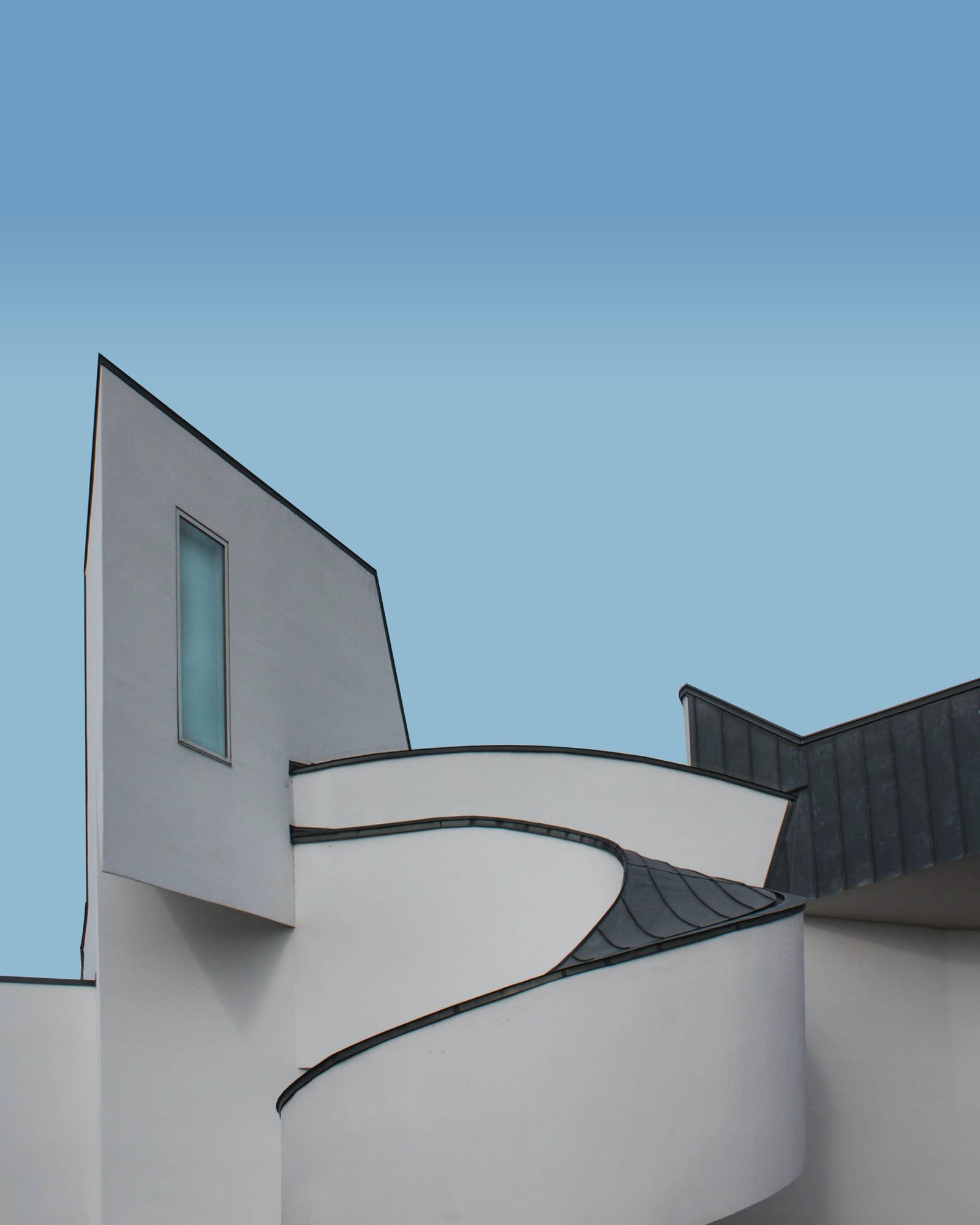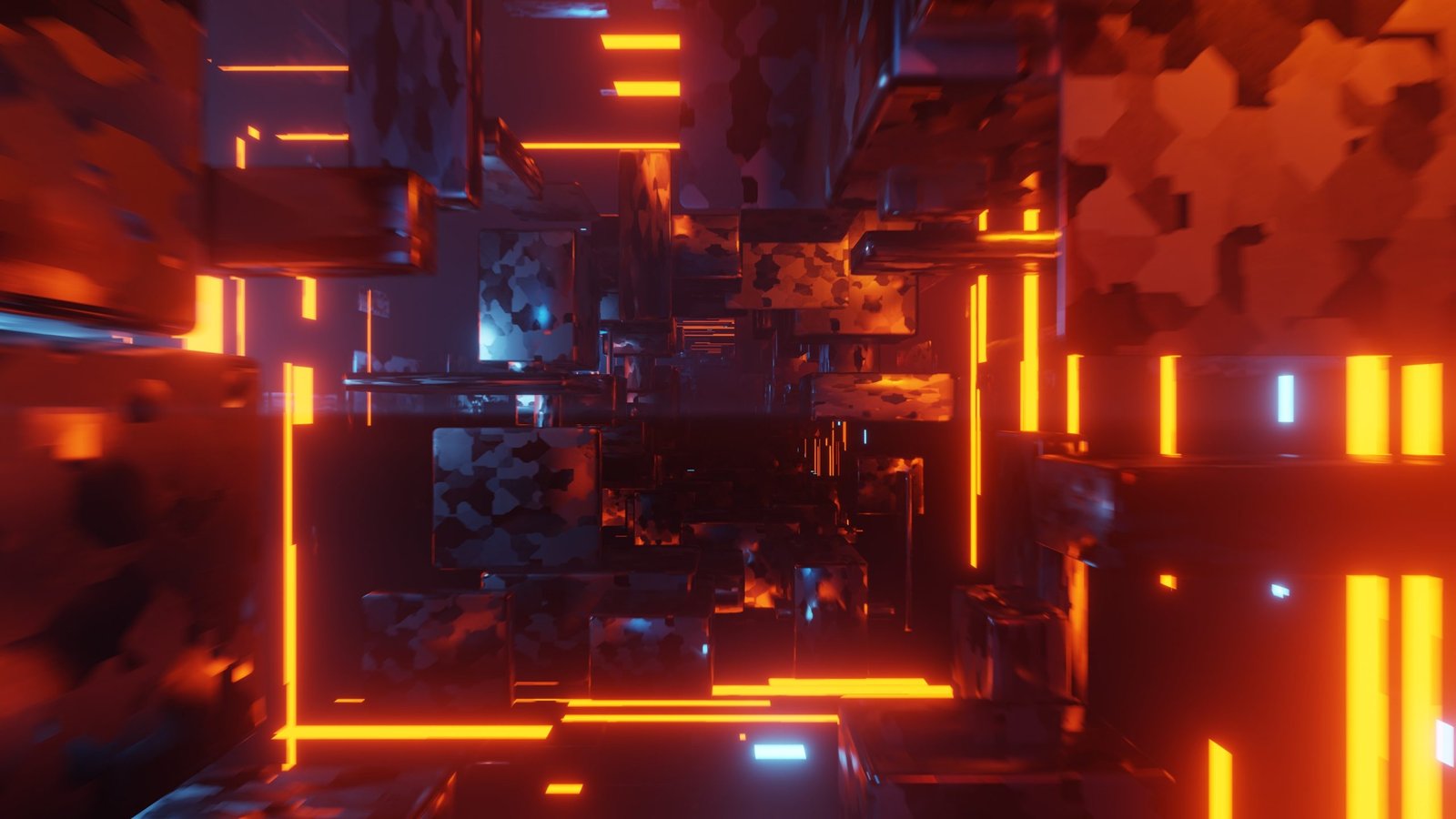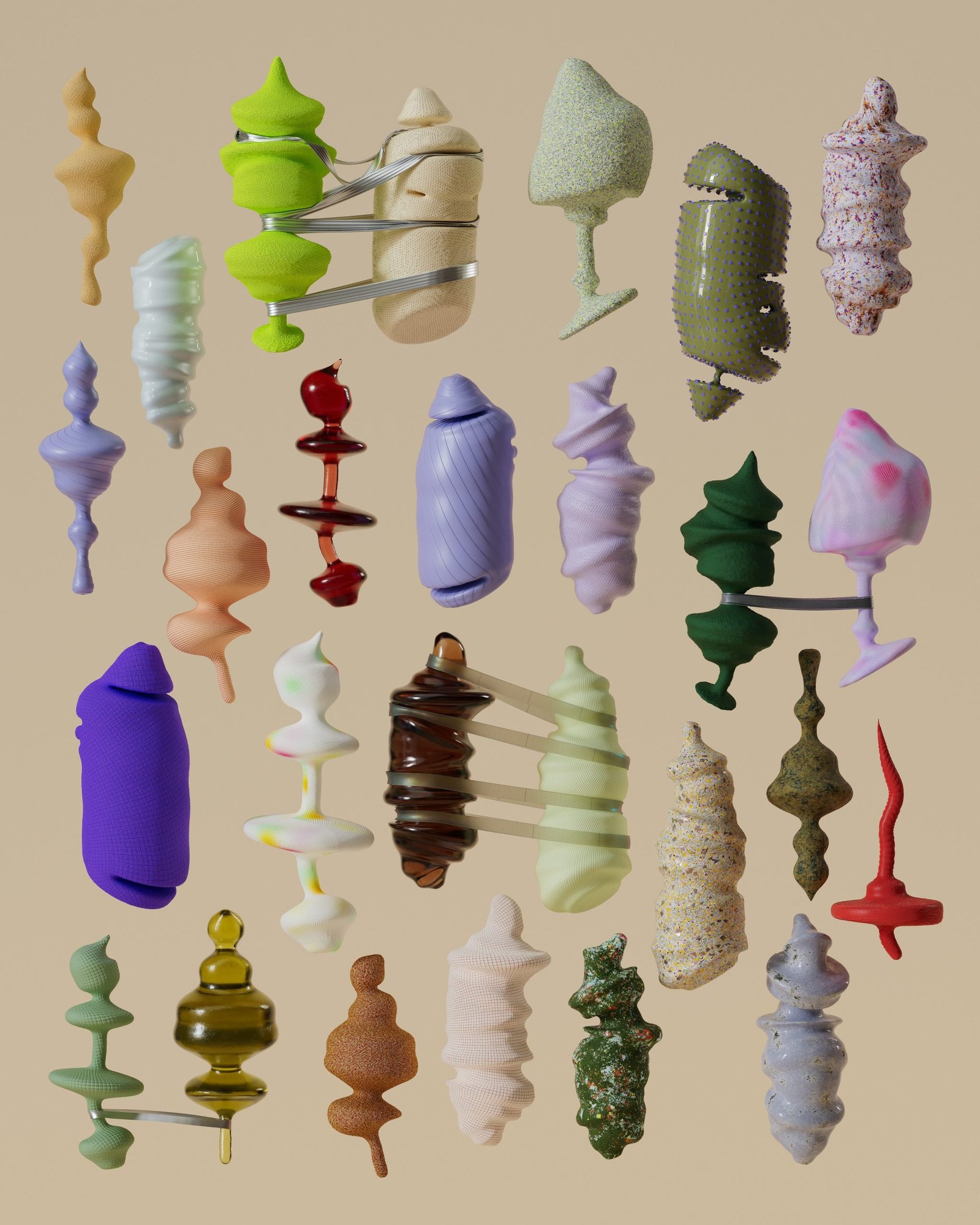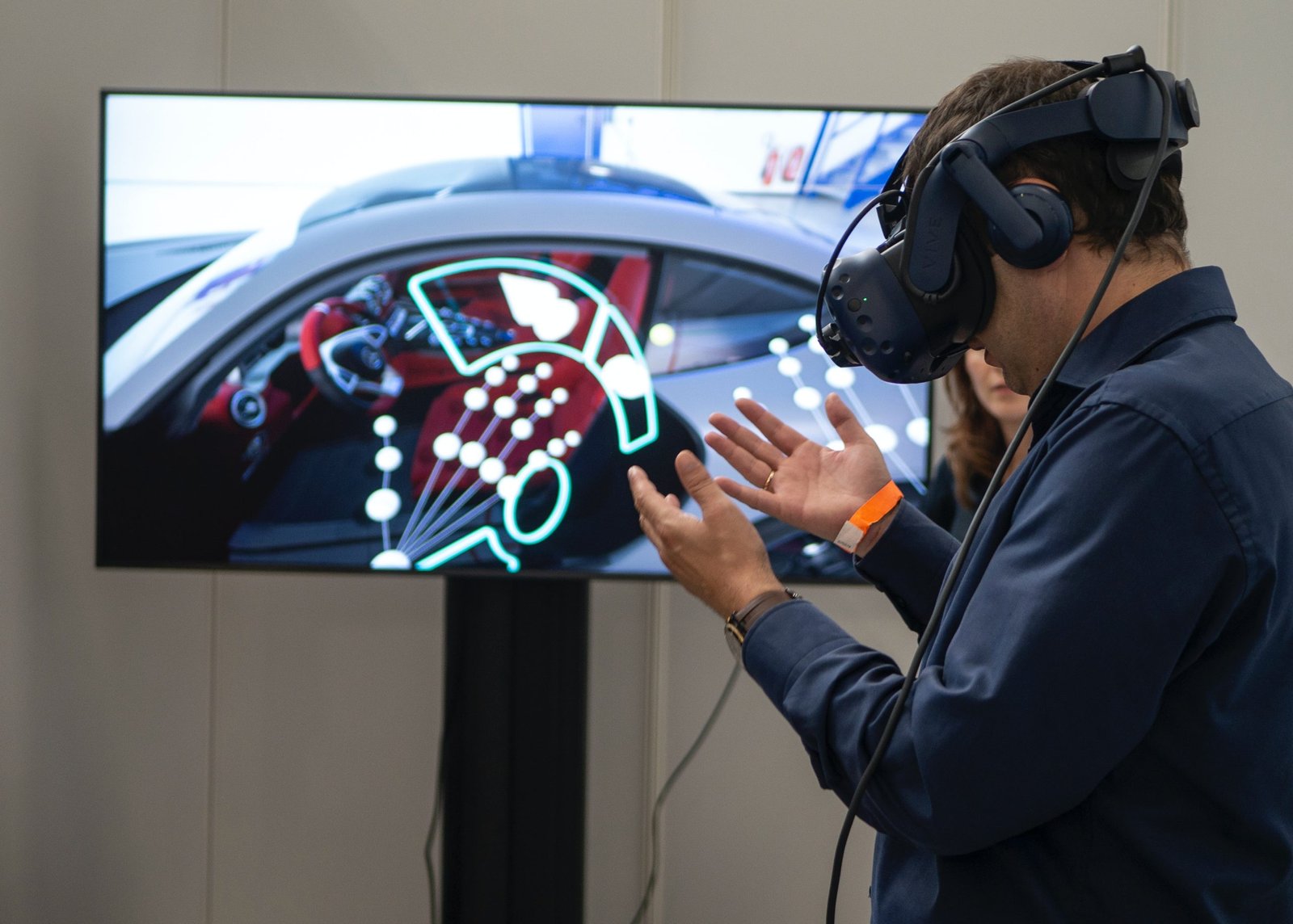
Explore The Boundless Possibilities Of Online 3D Sculpting
Cloud-based 3D sculpting can greatly enhance collaboration by providing a shared and accessible platform for artists, designers, and other creative professionals to work together on sculpting projects.
Online 3D sculpting refers to the process of creating digital sculptures using specialized software or web-based platforms that are accessed through the internet.
3D sculpting online opens up new possibilities for artists and designers, providing a flexible and powerful medium to create intricate and detailed digital sculptures. It combines the advantages of digital tools, such as undo/redo functionality, easy experimentation, and scalability, with the artistic freedom and expressiveness of traditional sculpting techniques.
The 3D industry as a whole has experienced significant growth in recent years, with online 3D sculpting playing a key role. The demand for 3D content in various sectors, such as entertainment, gaming, advertising, product design, and architecture, has contributed to the rise in the popularity of 3D sculpting tools and techniques. Online 3D sculpting has also had a significant impact on education and learning. Many educational institutions and online platforms offer courses and tutorials on digital sculpting, allowing aspiring artists to learn and improve their skills remotely. The accessibility of online tools has democratized the learning process, making it more accessible to a broader audience.
Here are several ways in which cloud-based 3D sculpting can enhance collaboration:
- Real-time collaboration: Cloud-based 3D sculpting platforms allow multiple users to work simultaneously on the same sculpting project. Artists can collaborate in real-time, making edits, adding details, and discussing changes, regardless of their physical location. This enables seamless teamwork and reduces the need for back-and-forth communication.
- Version control and history: Cloud-based platforms often provide version control features, allowing users to track changes, revert to previous versions, and compare different iterations of a sculpt. This capability is especially useful when collaborating with multiple team members or when revisiting earlier design choices.
- Easy file sharing: Cloud-based sculpting tools enable easy sharing of 3D models with collaborators. Rather than sending large files back and forth, users can simply share a link or grant access to the project, streamlining the exchange of assets and feedback. This eliminates the need for complicated file transfers and ensures everyone is working on the most up-to-date version.
- Commenting and feedback: Cloud-based sculpting platforms often include commenting and annotation features that allow collaborators to leave feedback directly on the sculpt or specific areas of interest. This promotes effective communication, enhances collaboration, and streamlines the review process.
- Accessible on any device: Cloud-based 3D sculpting platforms can be accessed through web browsers or dedicated applications, making them compatible with various devices such as desktop computers, laptops, tablets, and even smartphones. This flexibility allows collaborators to work from their preferred devices, increasing accessibility and enabling participation from anywhere.
- Integration with other tools: Many cloud-based 3D sculpting platforms offer integrations with other design tools, such as 3D modeling software, rendering engines, or animation software. This integration allows for a seamless workflow, enabling users to import and export assets easily and leverage the strengths of different tools within the collaborative process.
- Scalability and resource management: Cloud-based sculpting platforms often offer scalable resources, allowing projects to accommodate varying team sizes, complexity levels, and computational requirements. This scalability ensures that collaborators can work efficiently without being limited by hardware constraints or project scope.
- Diverse Applications: Online 3D sculpting has diverse applications across industries such as entertainment, gaming, advertising, product design, architecture, and more. It is used for character design, creature modeling, virtual prototyping, visual effects, 3D printing, and various other creative and professional endeavors.



By leveraging cloud-based 3D sculpting tools, teams can collaborate more effectively, streamline their workflows, and achieve higher levels of creativity and productivity. These platforms provide a virtual collaborative workspace, enabling artists and designers to overcome geographical barriers, improve communication, and produce better-quality 3D sculptures through enhanced collaboration.
Some online platforms focus specifically on providing sculpting tools accessible through web browsers. These include SculptGL, Vectary, and Clara.io, which offer basic to advanced sculpting features with the convenience of cloud-based access. There are also virtual reality (VR) sculpting platforms like Oculus Medium and Gravity Sketch that allow artists to sculpt and model in a three-dimensional space using VR headsets and controllers. These platforms provide an immersive and intuitive sculpting experience.

Online 3D sculpting offers artists a versatile and powerful medium for creating intricate and detailed digital sculptures. It combines the advantages of digital tools with the artistic freedom and expressiveness of traditional sculpting techniques, opening up new creative possibilities in the digital realm.








